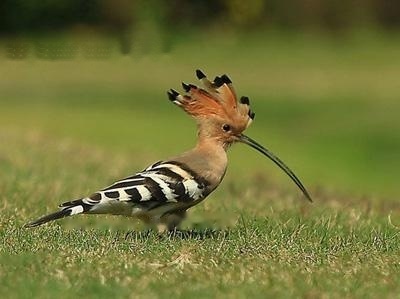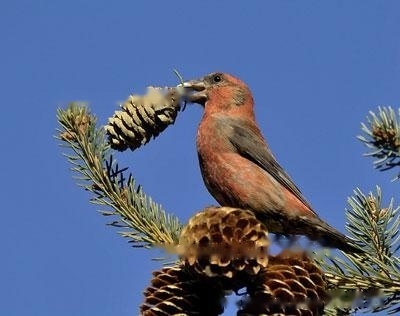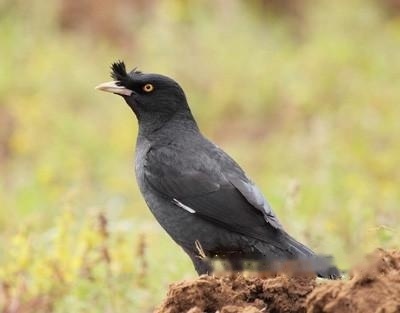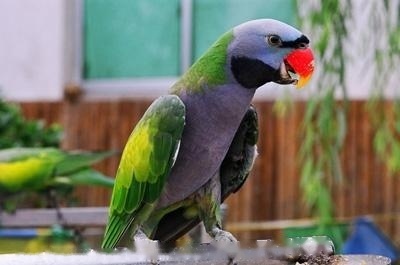The breeding season of colorful birds is usually from December to April every year. The colorful birds in the breeding period are very particular about their diet. Feed some eggs and millet to promote their early estrus. After the parent birds build the nest together, the male birds mostly live in the nest, and the female birds begin to enter and leave the nest frequently, which is the performance of estrus. The mating of parent birds is mostly carried out in the nest, which is not easy to observe. The temperature at this time is preferably 20 °C. If the indoor temperature does not meet the requirements, electric lights can be used to keep warm. So what kinds of food should the colorful birds be fed outside the breeding season?
The feed is feeding Watching birds's largest daily expense. The nature and combination of feeds affect the survival, growth, reproduction and lifespan of birds to a large extent. Therefore, we must study the breeding and reproduction of ornamental birds on the basis of understanding the biological characteristics of birds (such as habitat environment, living habits, feeding habits, etc.), and reveal the gap between feed and bird bodies. At the same time, it is necessary to understand the effect of nutrients on birds, the transformation process and the content of various nutrients in the feed, and then supply food according to the needs of various birds for nutrients and their dietary requirements to achieve the expected purpose of feeding.
The common feed for ornamental birds can be divided into pellets, powder, green feed and auxiliary feed. The feed for artificially bred birds is mainly pellets.
The feed is mainly grass seeds with shells, millet, rice, sorghum, etc., or a mixture of 2 parts of barnyard tares, 7 parts of millet (millet) and 1 part of millet. Always give some green leaves, clean grits, bone meal or oyster meal, ink fish Bone etc. During the breeding period, the egg rice with the ratio of egg yolk to millet is 1:5. It is best to add salt that does not exceed 1% of the feed amount as a seasoning, which can increase the appetite of the parent birds, regulate the balance of the endocrine function in the parent birds, and help improve the fertilization rate of eggs. The colorful bird can peck at the fresh and tender leaves. In order to maintain the water content of the leaves, the whole vegetable can be inserted into the water tank when feeding the vegetables to prevent it from wilting.




